1. Introduction
We have designed this page so that you can print it and study it at your leisure.
We would be very pleased to
hear from you if you have any questions or comments.
2. Our Research Project
Our Research Project is designed to bridge the gap between the present and the future in the providing access to Databases.
Specifically it is aimed at the design of a universal front-end between any individual and the data that they are interested in.
The data can be either personal or work-related.
The three key questions to be addressed are :-
1. What are the features in a universal front-end ?
2. How do we integrate all the data to provide a ubiquitous solution ?
3. What is the role of Semantic Web ?
3. The Problem
Data is all around us, although frequently we don't realise it.
The Problem is that it is impossible to retrieve all the data that we need, when we need it, regardless of where we happen to be.
There are three questions to be addressed :-
1. How do we bring all the data together ?
2. How do we make it easily available ?
3. How do we provide people with exactly what they want, tailored to their own needs ?
4. The Solution
1. To provide a Framework for Database Integration.
2. To provide answers to any Questions from anybody.
3. To save online data for each individual.
5. The Research Method
Our method is very simple :-
Step 1. Define a Vision of Databases in the Future.
Step 2. Design a Framework to provide a thin top-to-bottom slice of data access.
Step 3. Create some User Scenarios for the future.
Step 4. Build prototype facilities
Step 5. Establish a timescale
Step 6. Identify technical challenges for vendors.
6. User Scenarios
Here are some User Scenarios :-
An Accountant might want to check overnight Customer Sales with Red,Amber Green notation.
A Database Professional might want to know how to design tailored solutions using the Framework.
A Student might want to check his classes, the dates when homework is due and look up his friends on Facebook.
|
7. The Future
This diagram is our vision of the future.
It shows how Databases will affect every aspect of our lives and will become more and more integrated.
The grey 'doughnut' at the bottom can be thought of as a Message Broker that sends messages between Databases.
You can click on the diagram to get a larger image.

|
8. A typcal Family
This shows how a typical family looks at life.
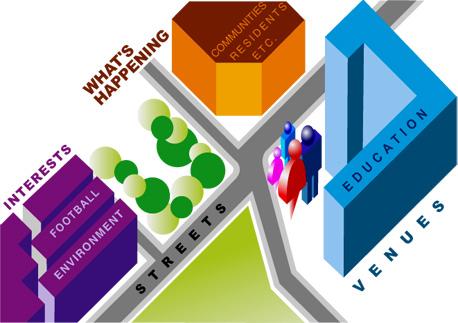
|
9. A Business Intelligence View
This shows how a typical senior manager looks at the world.
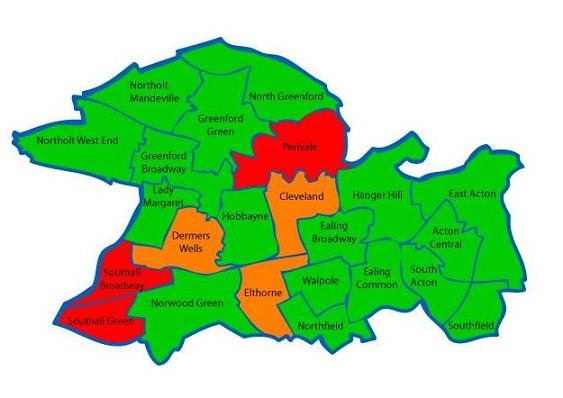
|
10. A Data Management Professional
This shows how a Data Management professional looks at the same situation.
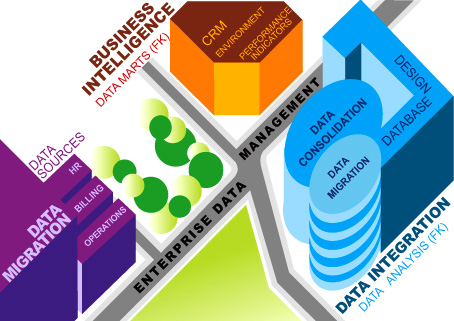
|
11. A Universal Information Architecture
This shows a Universal Information Architecture for the Future.
You can click on the diagram to get a larger image.

|
12. SOA Architecture
This Data Model shows the structure of the User Interface.
You can click on the diagram to see a larger image.
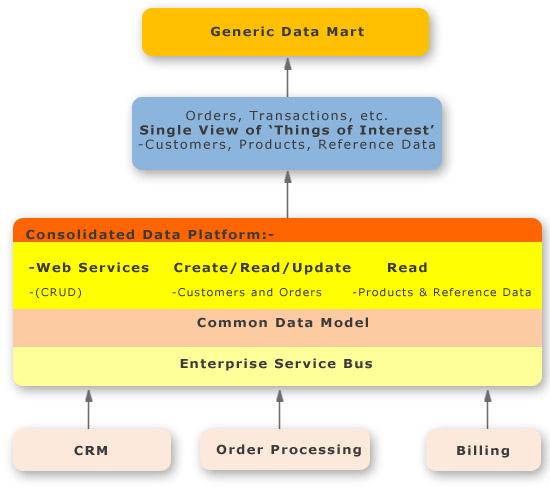
|
13. User Interface.
This Data Model shows the structure of the User Interface.
You can click on the diagram to see a larger image.

|
14. Personal Data.
This Data Model shows the structure of our personal data.
You can click on the diagram to see a larger image.

|
15. Work-related Data.
This Data Model shows the structure of our work-related data.
You can click on the diagram to see a larger image.

|
16. Planning for the Future.
Any organisation planning for the Future needs to have a sound foundation for its Database activities.
This can be accomplished by establishing a Framework for Data Management.
This diagram shows the Database Answers Framework.
You can click on the diagram to see a larger image.
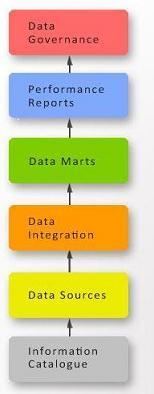
|

Barry Williams
Principal Consultant
Database Answers Ltd.
London, England
|
© Database Answers Ltd. 2010
|

